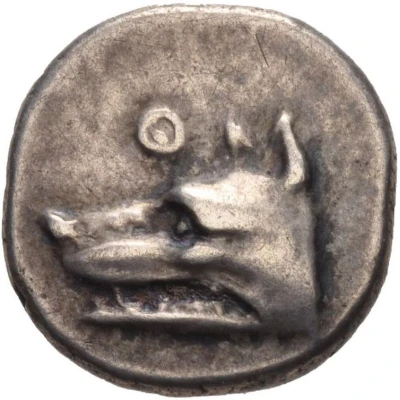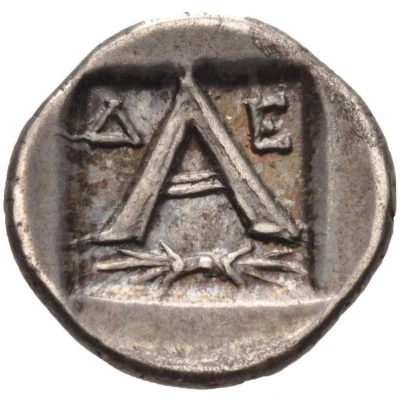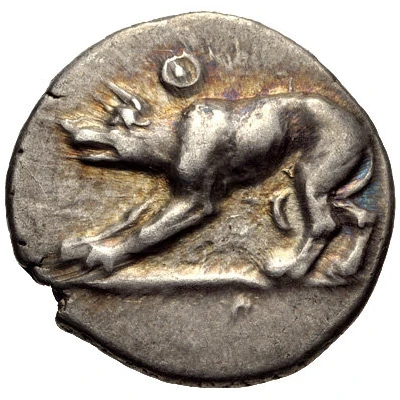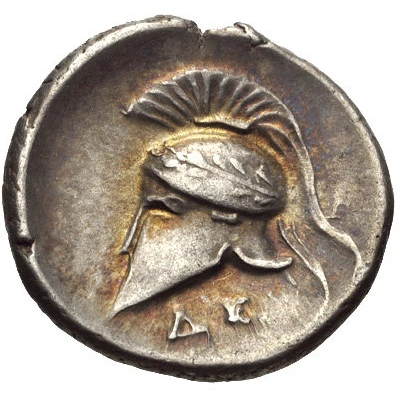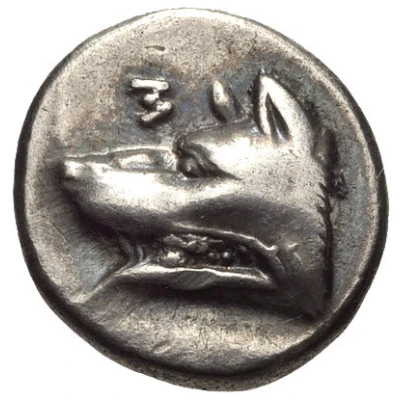
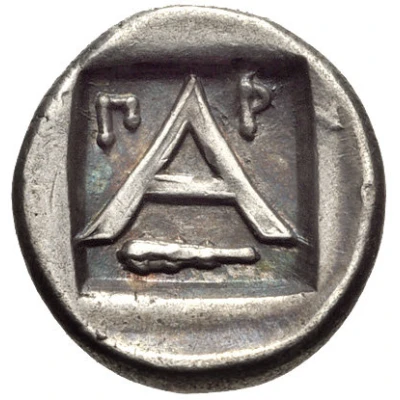

© Classical Numismatic Group, Inc.
Trihemiobol 330 BC - 270 BC
| Silver | 0.87 g | 10.0 mm |
| Issuer | Argos (Argolis) |
|---|---|
| Type | Standard circulation coin |
| Years | 330 BC - 270 BC |
| Value | Trihemiobol (¼) |
| Currency | Drachm |
| Composition | Silver |
| Weight | 0.87 g |
| Diameter | 10.0 mm |
| Shape | Round (irregular) |
| Technique | Hammered, Incuse |
| Orientation | Variable alignment ↺ |
| Demonetized | Yes |
| Updated | 2024-10-10 |
| Numista | N#144572 |
|---|---|
| Rarity index | 100% |
Reverse
Large A with letters Π P across field. Below, a club facing left. All within incuse square
Script: Greek
Lettering:
Α
ΠΡ
Interesting fact
The Trihemiobol coin from Argos (Argolis) was used as a form of currency in ancient Greece during the 3rd century BC. One interesting fact about this coin is that it features the image of a mythical creature called the "Triton," which is a half-human, half-fish creature that was believed to inhabit the sea. The Triton is depicted on the coin with a human body and a fish tail, and it is surrounded by other symbols and designs that were common in ancient Greek art. The use of the Triton image on the coin may have been meant to symbolize the connection between the city of Argos and the sea, as Argos was an important port city in ancient Greece.
